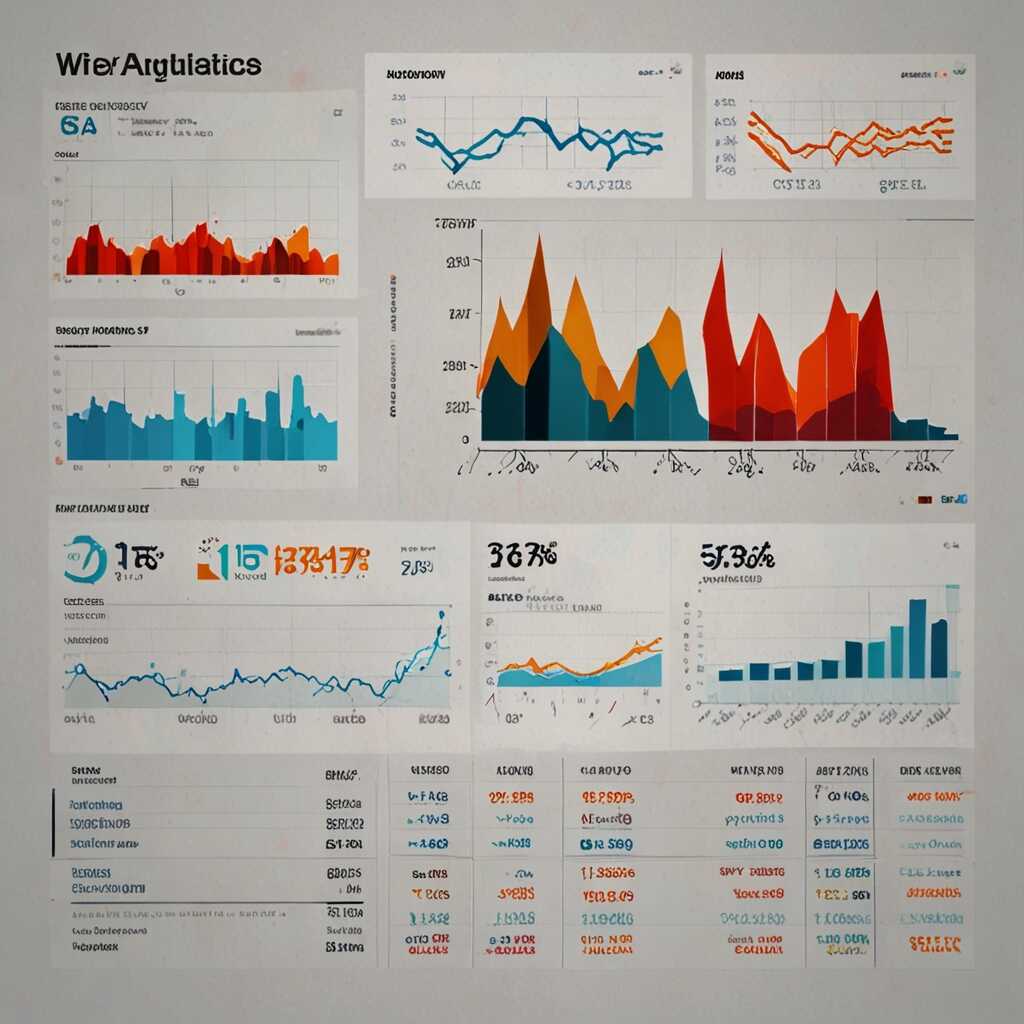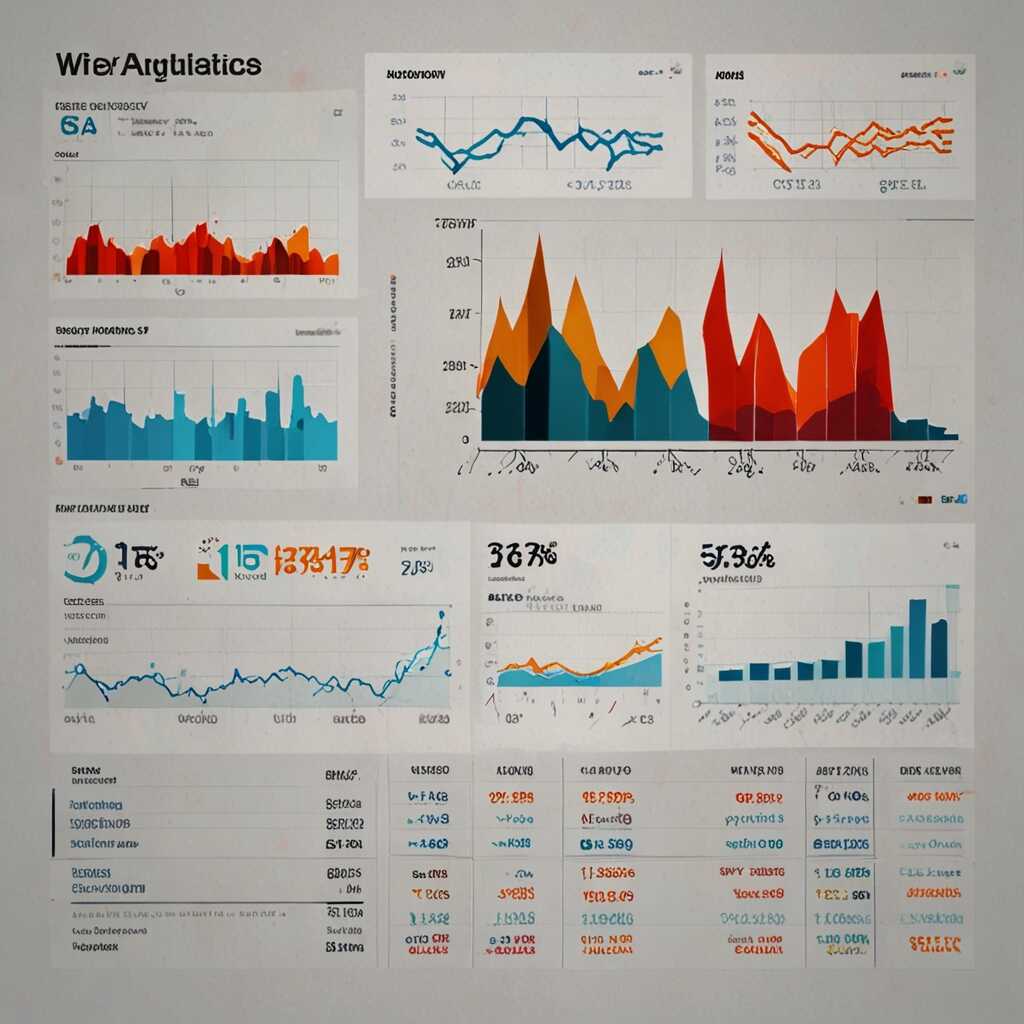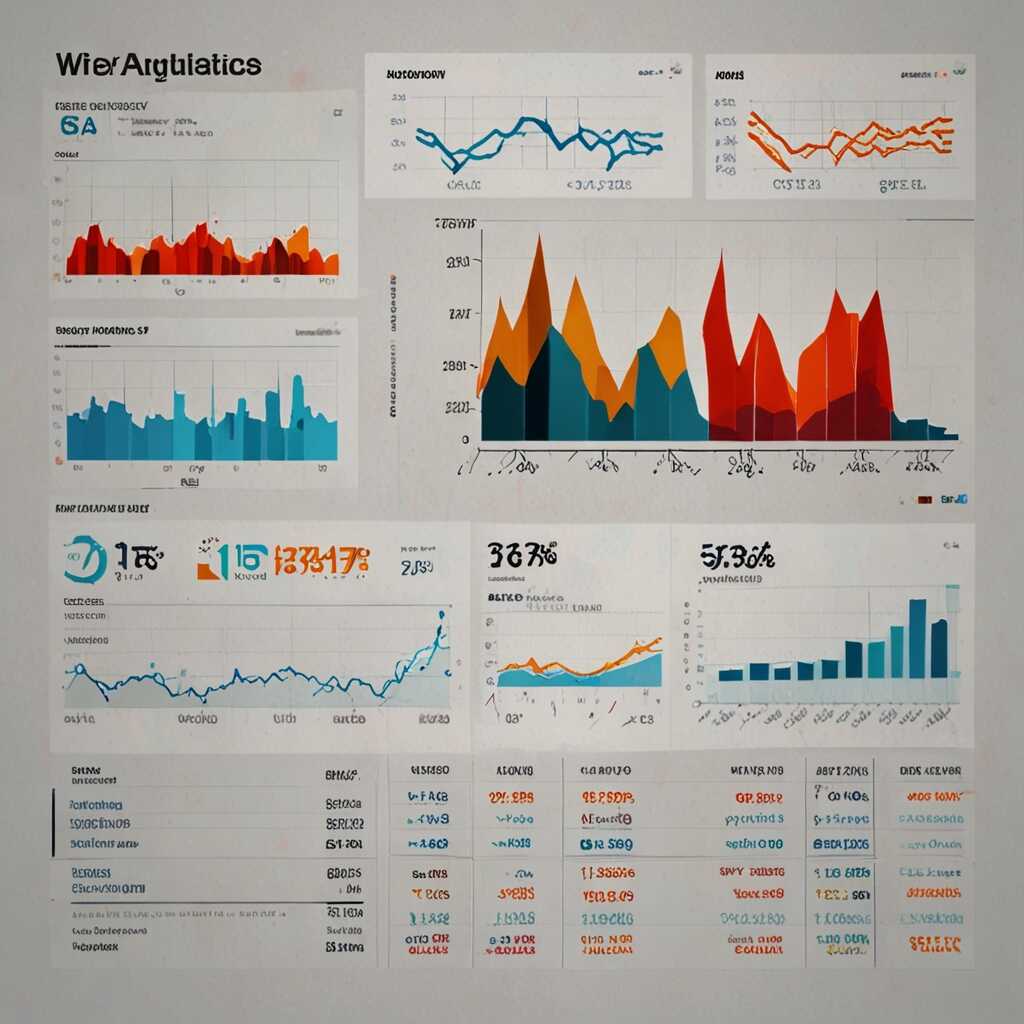The best image dimensions and resolution practices for modern web design are crucial for creating visually appealing and functional websites. By choosing the right sizes and quality for images, web designers can enhance user experience and improve SEO performance. At Metrics Rule, we emphasize the importance of responsive displays, ensuring your images look great on all devices while driving organic traffic. Understanding how to optimize image dimensions and resolution can significantly impact both site performance and user engagement.
Choosing Optimal Image Dimensions for Web Performance
Selecting the right image dimensions is essential for responsive web performance. To ensure images are suitable for various devices, consider the target resolution and aspect ratio. For example, desktop images should be around 1200-1920 pixels wide, while images for tablets can be about 800-1200 pixels. Mobile images should ideally be between 400-800 pixels. Each image must maintain high quality while minimizing load time. The best practice is to use formats like WebP or compressed JPEGs that help reduce file size. Aim for images under 100 KB when possible, ensuring efficient loading times that enhance the user experience and support SEO.
Understanding Image Resolutions for Different Devices
When designing for different devices, understanding image resolutions is crucial. For mobile devices, aim for a resolution of 72 DPI for quick loading. For desktops or high-resolution screens, consider using 150-300 DPI to maintain sharpness. Utilize responsive design techniques that automatically adjust image sizes based on the device’s screen size. Tools like picture tags or srcset attributes can help ensure your images are optimized for varying resolutions. This practice not only improves performance but also enhances SEO, making your website more competitive in search results.
Image Resolution: Essential Factors for Clarity
Image resolution directly influences the sharpness of visuals and loading speed on websites. High-resolution images enhance user experience by providing clarity but can slow down page load times if not optimized correctly. The ideal resolution for images varies by device—desktop screens typically benefit from images sized at 1920 pixels wide, while mobile devices usually require around 750 pixels. Maintaining a balance between high-quality visuals and optimal loading times is essential for effective web design.
Recommended Resolutions for Various Devices
For responsive web design, ensuring proper image resolution is vital. On desktops, use images at least 1920 pixels wide. For tablets, aim for 1280 pixels, whereas smartphones can settle for images around 750 pixels wide. Using responsive design techniques, such as the srcset attribute in HTML, allows the browser to select the best image resolution based on the user’s device. This approach not only enhances image quality but also improves page loading efficiency, providing a better user experience. Ensure that all images are optimized for the web, offering great performance without compromising on quality.

Implementing Responsive Images for Enhanced Accessibility
Responsive images adjust to varying screen sizes, which is essential for improving usability and overall performance. These images ensure that the visual content is accessible on any device, enhancing user experience and SEO. Web designers can implement responsive images effectively by utilizing the srcset attribute and sizes attribute in the img tag. This practice allows the browser to select the most appropriate image based on the device’s screen size and resolution. By using these attributes, the website ensures that it loads images quickly, improving performance and user engagement. Furthermore, implementing different image formats such as JPEG, PNG, and WebP can enhance performance while also addressing accessibility concerns by ensuring that images load correctly across various devices.
Best Practices for Responsive Image Implementation
When implementing responsive images, web designers should focus on using the picture element to serve different image formats and resolutions. This method provides greater flexibility and is useful for optimizing images for different screen sizes. Additionally, always prioritize the use of modern formats such as WebP that typically deliver superior compression, resulting in faster loading times while maintaining quality. Testing is essential; web designers should regularly review image performance and adjust formats based on analytics data that includes user behavior. By combining these strategies, designers can significantly enhance accessibility and improve overall web performance, ensuring their sites remain competitive in an evolving digital landscape.
Key Numerical Guidelines for Image Use
- Images should typically be at least 1200 pixels wide for optimal web display.
- Use a resolution of 72 DPI for images on websites to reduce loading times efficiently.
- Images should occupy less than 1 MB for faster page loading.
- For responsive design, images should scale down to fit varying screen sizes seamlessly.
- Consider aspect ratios of 16:9 for landscape images or 1:1 for square images.
- Aim for less than 30% of the page’s load time to be attributed to images.
- Utilize formats like WebP or JPEG for better quality and compression ratio.

Balancing Image Quality and Loading Speed
Finding the balance between image quality and file size is crucial for enhancing your website’s loading speed. One effective method to reduce image file size without sacrificing quality is to use compression tools, such as TinyPNG or ImageOptim. These tools employ lossless or lossy compression techniques to maintain good visual appeal while decreasing file sizes significantly. Additionally, adopting image formats like WebP, which provide superior compression, can enhance both quality and loading speed. The significance of using optimized images is evident, as large images can increase loading times by several seconds, potentially discouraging users and affecting your site’s SEO ranking and performance.
Effective Tools for Image Optimization
Utilizing effective tools for image optimization is essential for web designers and digital marketers. Tools like Adobe Photoshop offer advanced settings for resizing and exporting images in different formats, allowing for precise control over quality. Online platforms like Canva or Figma also provide easy ways to adjust image dimensions while preserving quality. Moreover, plugins for WordPress such as Smush and ShortPixel enable automatic image optimization as you upload, ensuring your site retains optimal loading speeds without manual input. These tools collectively facilitate the balance between image quality and loading speed while enhancing user experience.

Choosing the Right Image Formats for Different Needs
Different image formats can significantly affect quality and loading time. For web design in 2025, the most commonly used formats include JPEG, PNG, and WebP. JPEG is great for photographs due to its compression efficiency, yielding smaller file sizes while maintaining decent quality. PNG excels in images that require transparency and clear details, making it ideal for logos and graphics. WebP is a newer format that combines the best of both worlds, often achieving smaller sizes without sacrificing quality. Choosing the right image format can enhance website performance and improve SEO, ensuring faster loading times and better user experiences.
Understanding the JPEG Image Quality Settings
The JPEG format allows for varying quality settings that trade off between image clarity and file size. A quality setting of around 70–80% is usually recommended for web use. This setting provides a good balance between reducing overall file size and maintaining an excellent visual appearance. Testing different quality settings is essential to find the sweet spot for your specific website needs. Reducing file size improves loading times, benefiting both SEO and the user experience. Reliability in image quality during compression ensures that your website looks professional without slowing down.
Advantages of Effective Image Selection
- High-quality images enhance the visual appeal of a website, driving user engagement.
- Well-selected image dimensions help improve page load speed for better performance.
- Responsive images boost the user experience, especially on mobile devices.
- Optimized images improve SEO by making pages more likely to rank higher.
- Effective image practices reduce bounce rates, which keeps visitors on your site longer.
- Higher image quality can lead to increased conversions and sales for businesses.
- Using the right images builds brand identity and trust among users.

Effective Tools and Strategies for Image Optimization
Choosing the right image optimization tools can significantly enhance your web design. Tools like JPEGmini and ImageOptim provide excellent compression without compromising quality. Automated image management tools, such as Cloudinary and AWS S3, are invaluable for managing multiple file types. These platforms enable developers to automate resizing, cropping, and converting images based on device type. For web use in 2025, the ideal image resolution typically falls between 1200×800 pixels and 1920×1080 pixels, ensuring visuals that look sharp across various screens.
Best Practices for Responsive Image Techniques
Implementing best practices for responsive image techniques is crucial for optimal user experience and SEO performance. Using srcset and sizes attributes in HTML enhances the loading speed of images on mobile devices, ensuring proper scaling according to screen size. This prevents unnecessary data usage and improves loading times. Additionally, testing your site’s performance through tools like Google PageSpeed Insights provides valuable insights on how well your images are optimized. Focusing on image quality enhancement while maintaining efficient loading times is essential for a successful web presence.
Leveraging Lazy Loading Techniques for Faster Loading
Lazy loading is a technique that defers image loading until the user scrolls to them, significantly improving site speed. This method enhances the overall user experience by ensuring that only necessary images are loaded initially, which reduces the initial load time. Libraries such as Intersection Observer API and frameworks like React and Vue.js support lazy loading techniques for images. Implementing these strategies for responsive design ensures images are only downloaded when they appear in the user’s viewport, optimizing performance and conserving bandwidth.
Implementing Lazy Loading for Enhanced User Experience
To implement lazy loading effectively, web designers can use JavaScript libraries or HTML attributes like ‘loading=”lazy”‘. This approach allows images to load on demand, improving efficiency and lowering bounce rates. For instance, by using the Intersection Observer API, you can set thresholds for loading images as they approach the viewport. Research shows that websites using lazy loading can reduce loading times by up to 70%, making it an essential technique for modern web design. By combining lazy loading with responsive images, you ensure that your site adapts seamlessly to all devices, enhancing user experience and SEO performance.
Impactful Brands and Their Image Strategies
- Adobe offers tools for easy image editing and optimization for web use.
- Canva caters to small businesses by providing simple design tools with pre-sized templates.
- Unsplash gives free high-resolution images that are great for engagement.
- Pexels provides a similar library of photos aimed at content creators.
- Shutterstock offers professional stock photos but comes with a higher cost.
- Flickr serves as a platform for users to share and discover creative images.
- Behance showcases creative work that can inspire web design image choices.
Staying Updated with Emerging Trends in Image Use
Staying current with the latest web design trends is essential for enhancing image dimensions and resolution. Current trends include the increasing importance of responsive web design that caters to various device sizes, emphasizing the need to optimize images for fast loading times and improved user experience. The rise of mobile-first web traffic, which is expected to reach about 60% by 2024, drives the demand for high-resolution images that adapt seamlessly to different screen sizes. Additionally, the use of images on social media platforms significantly influences website image optimization strategies, making it crucial to tailor images for platforms like Instagram and Facebook while ensuring they maintain quality for SEO purposes.
Understanding Mobile-First Image Optimization
Mobile-first image optimization is vital for enhancing user experience on websites. This practice involves using image sizes and resolutions that are specifically designed for mobile devices, ensuring efficient loading times and seamless integration. As mobile traffic continues to rise, images need to be compressed without compromising quality, often using formats like WebP or responsive image techniques. For instance, utilizing responsive-specific dimensions helps websites maintain their appeal across various devices. Testing different image resolutions can provide reliable data on user engagement, helping web designers choose the best options for their audience. Metrics Rule emphasizes the importance of this approach for ensuring high-quality performance in the increasingly mobile-driven digital landscape.
